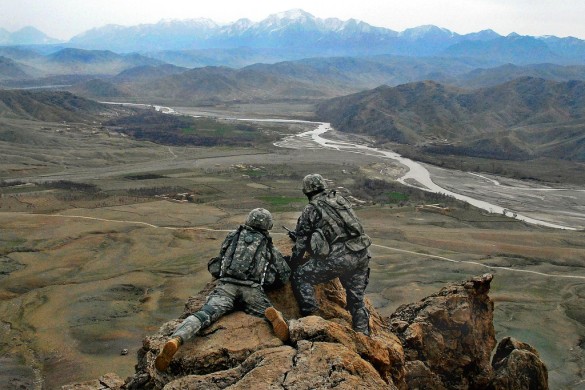Michael Rosen writes:
News that a US government intelligence body is going to start analysing the metaphors used in various languages will have brought wry smiles to the faces of writers and critics. Presumably, “Metaphor Program” agents won’t restrict themselves to metaphors as that particular word is often used metonymically for the whole of figurative language – similes, symbols or indeed any use of language that appears to be standing in for something else or representing something else. That in itself is no simple matter, as we shall see, but let it stand for the moment.
“I wandered lonely as a cloud …” to which we are entitled to ask, “What’s lonely about a cloud?” It’s a pretty rare Lake District sky that gives us one cloud on its own. But who says a lonely cloud would have to be on its own to be lonely? Maybe clouds are just lonely things – full of a sense of their isolation in an alienated world. If we find ourselves grasping at straws here, Wordsworth gives us help: “… that floats on high o’er vales and hills”, which suggests that he’s talking about the cloud’s detachment from the earth. It’s the higher-than-hills-ness, floatiness of the cloud that is important.
This is the kind of speculation that metaphor-divining specialises in and it’s fun to think of US spooks chewing over such matters – though presumably they will hire patriotic literature graduates to do the job.
Such servants to the US cause will be able to take their masters on a trip through a forest of suggestion, resonance and ambiguity in their quest to find the hidden value-systems in speakers’ and writers’ use of metaphor. We now know that Wordsworth’s idea of a writer being detached from the world, wrapped up in thoughts about nature and the imagination, was indeed ideological – as he warned us:
“The world is too much with us; late and soon,
Getting and spending, we lay waste our powers.
Little we see in Nature that is ours.”So, straight away, our US allies can label early Wordsworth an anti-bourgeois subversive – someone who will need to be watched.
But what of Shakespeare? He poses the problem that we can never know for certain that this is Shakespeare talking or one of his many characters through whom he speaks: “Whether ’tis nobler in the mind to suffer/The slings and arrows of outrageous fortune …” This is dense stuff: a cast of thought has to compress our interactions and outcome into one notion: “fortune”, which then has to be personified into a form that can “behave” or have appurtenances, as in this case “slings and arrows”. Aha, militaristic metaphor! Fortune is armed and aggressive. Clearly, Hamlet is a potential terrorist. And indeed he was. Or tried rather ineffectually to be. But the writer who conjured him up? Probably not.

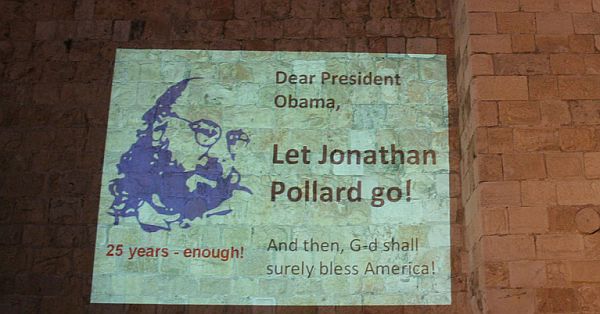
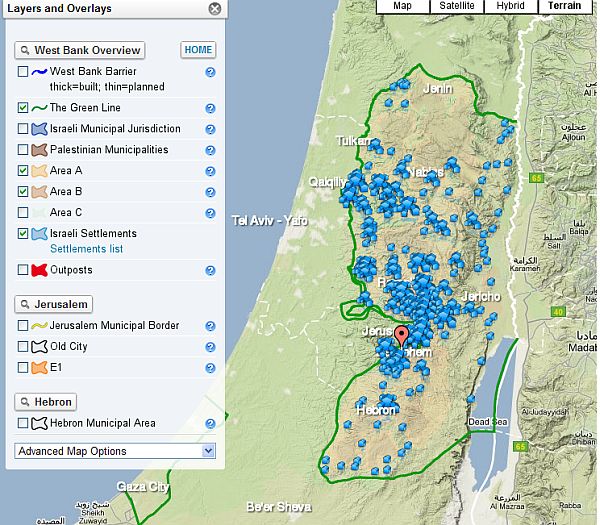
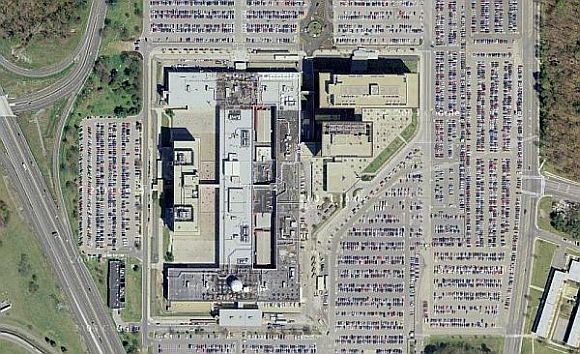
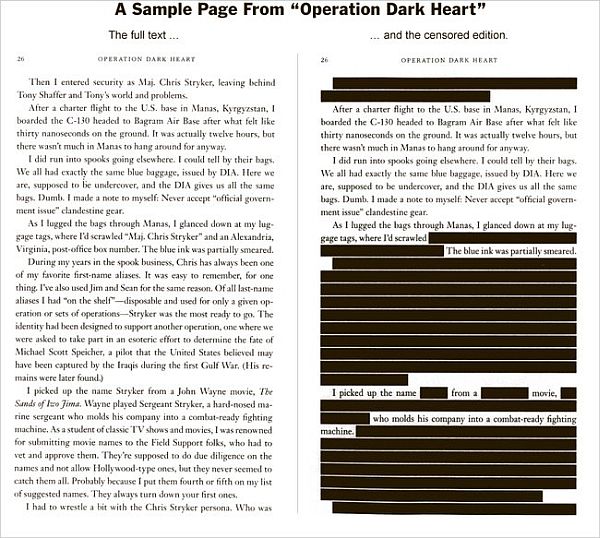


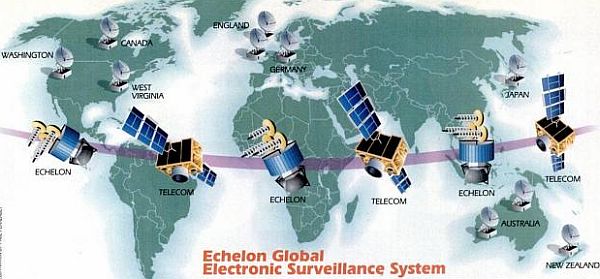
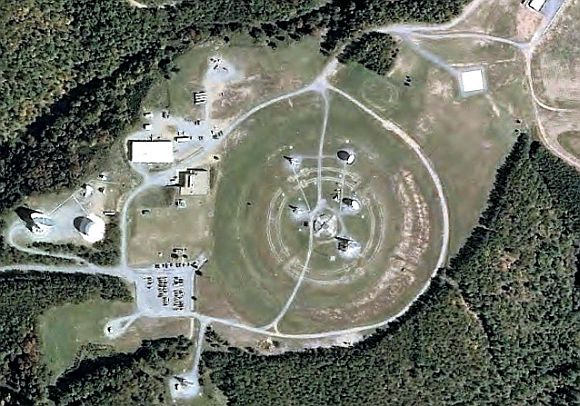

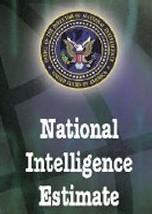 The brutality with which the Iranian authorities have suppressed political dissent since last June’s disputed presidential election has been widely reported. The
The brutality with which the Iranian authorities have suppressed political dissent since last June’s disputed presidential election has been widely reported. The 